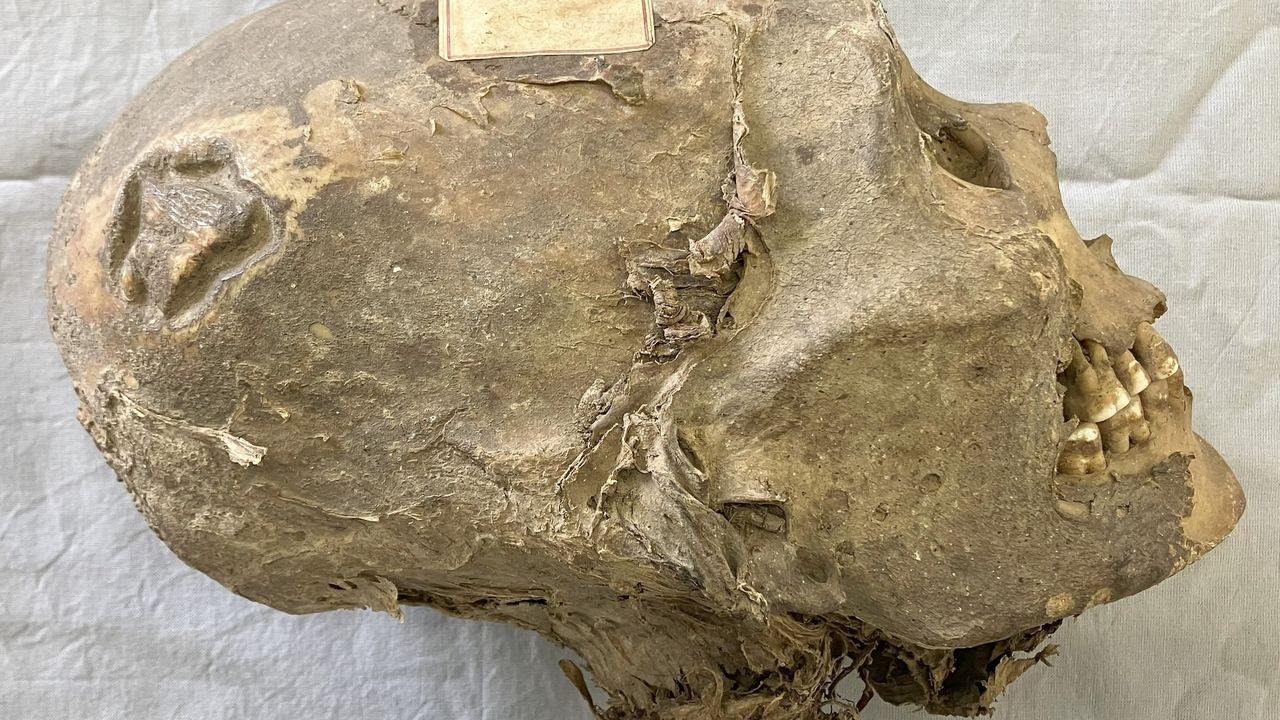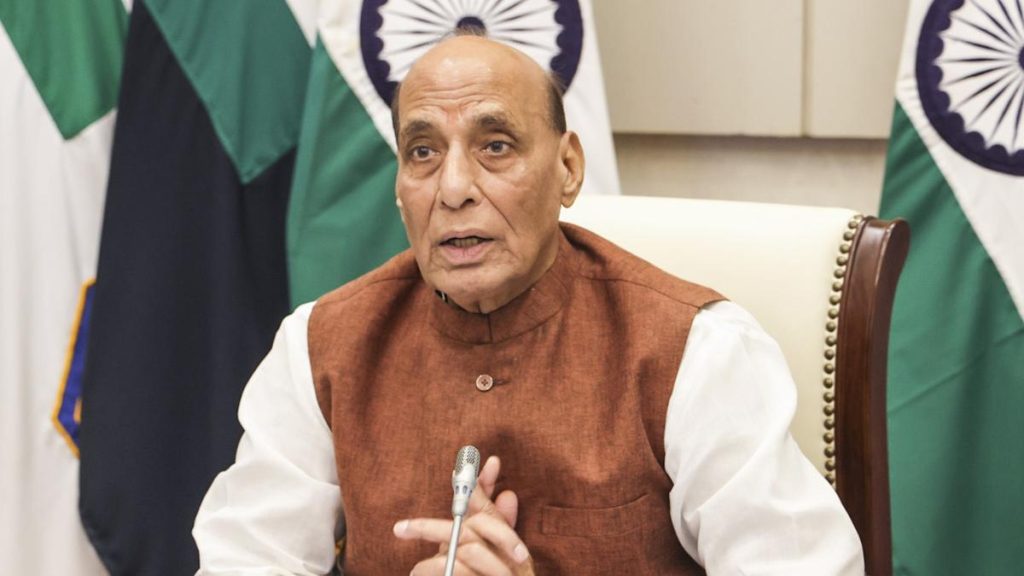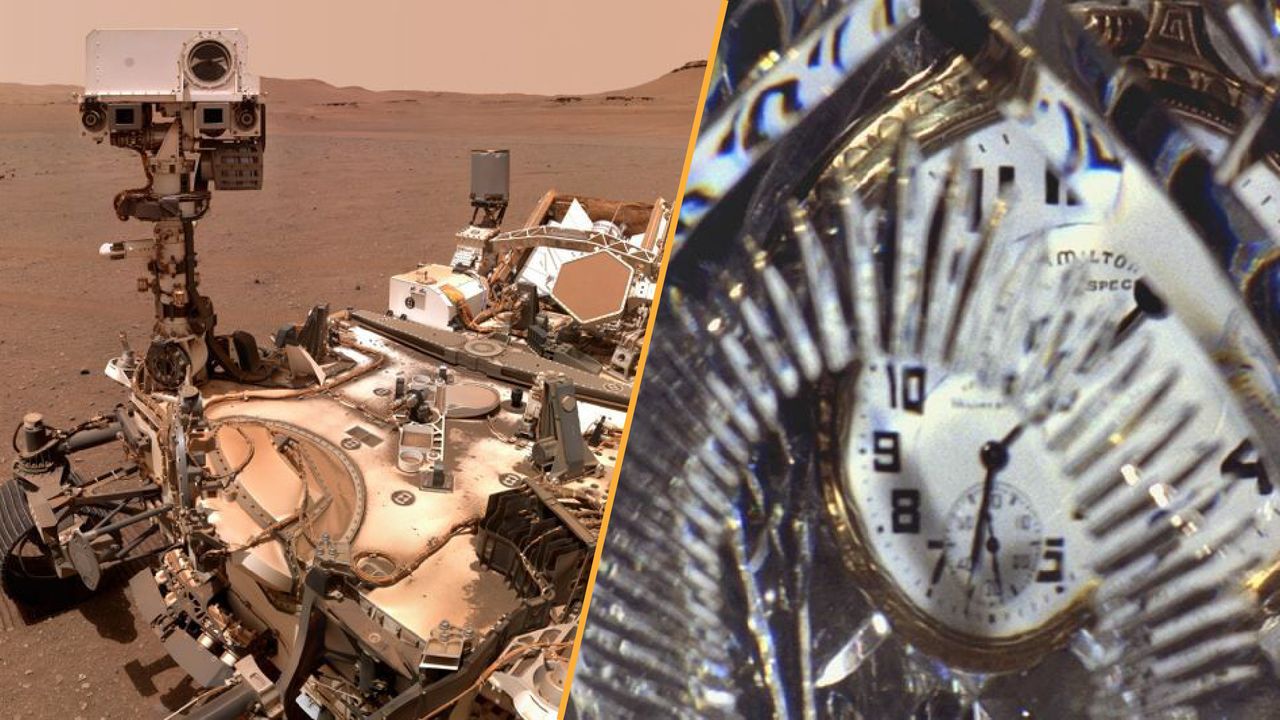Now Reading: 350-Year-Old Bolivian Mummy Head Holds Unexpected Secrets
-
01
350-Year-Old Bolivian Mummy Head Holds Unexpected Secrets
350-Year-Old Bolivian Mummy Head Holds Unexpected Secrets

Rapid Summary
- A mummified head discovered in Bolivia more than a century ago was initially believed to be inca but has been identified as belonging to a person from the Aymara culture.
- The head, dated to at least 350 years ago, features cranial deformation from childhood and signs of an incomplete trepanation (drilling or cutting into the skull) possibly for ritual or social purposes rather than medical trauma.
- Naturally mummified in Bolivia’s cold and dry climate, the head was likely taken from a “chullpa” – a pre-Incan stone burial tower used by the Aymara people.
- Acquired by a Swiss collector in the 1870s and donated to Lausanne’s museum collection in 1914, where it remains today but is not publicly displayed.
- Non-invasive examination methods were used out of respect for ethical considerations. Any further testing may require consultation with descendant communities before proceeding with isotopic or DNA analysis.
images:
- Mummified Head: Shows details like cranial deformation and lesion marks.
- Chullpa Burial Tower: An example of structures typical of Indigenous burial practices near Bolivia’s Lake Titicaca.
Indian Opinion Analysis
The finding highlights significant cultural nuances neglected during early archaeological efforts marked by Western-centric narratives. Misidentifying the origin as Inca underscores historical oversights surrounding lesser-known Indigenous groups such as the Aymara. This reassessment is commendable for attempting restorative justice by reconnecting artifacts with their cultural heritage.
For india-a nation rich in archaeological finds spanning diverse civilizations-the research can serve as inspiration on inclusive artifact study practices that ensure objectivity while giving due respect toward associated communities’ rights. Ethical approaches using non-invasive techniques set benchmarks against possibly destructive methods that risk compromising both scientific integrity and community sentiments regarding ancestral heritage.
As global discussions mature around repatriating colonial-era acquisitions to rightful successors, India’s extensive legacy housed abroad may rekindle dialogues balancing historical preservation with rightful ownership claims reflective of its pluralistic contemporary ethos.
























